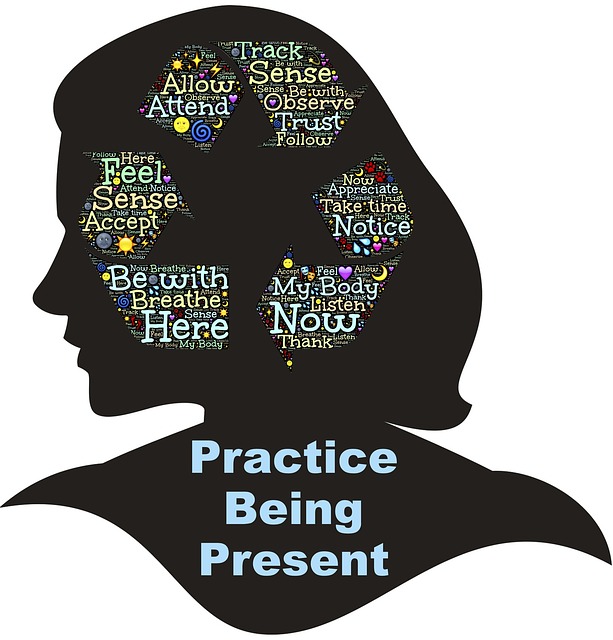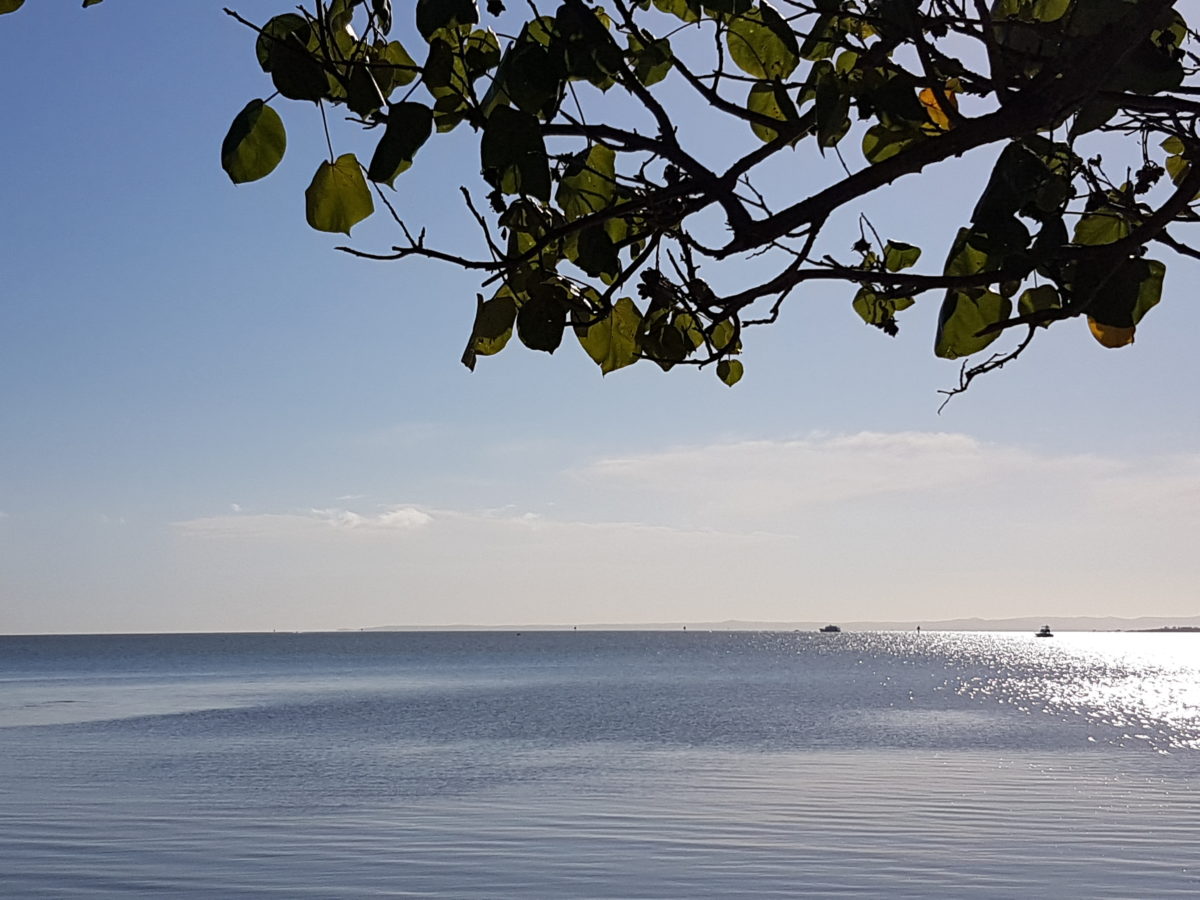As you develop your appreciation of the power of mindfulness to make a difference, you become increasingly aware of the potential of the present moment. In the present moment lies creativity, gratitude, zest for life, happiness and the capacity to love.
The famous Irish novelist, Cecilia Ahern, has her central character, Christine, describe the potential of the present moment when reflecting on her life experiences:
Life is a series of moments and moments are always changing, just like thoughts, negative and positive. … Moments are precious; sometimes they linger and other times they’re fleeting, and yet so much could be done in them; you could change your mind, you could save a life and you could even fall in love. (How to Fall in Love, p.327)
Heather Bestel, in an email communication, expresses her growing appreciation of the present moment when she writes:
The longer I live the more I’ve come to understand that life is just a moment in time and space. It’s a moment to cherish, treasure, value and honour.
Heather works tirelessly through her blog, publications, videos and email communications to help women appreciate the present moment, to value themselves, overcome depression and find happiness in their daily lives.
She is an great example of making a difference through mindfulness and helping people to appreciate the power of the present moment.
The more you learn to reside in the present moment, the more you are able to realise its potential for improving the quality of your life and that of others. The present moment is the pathway to happiness, gratitude, creativity and wellness.
Image Source: Courtesy of Pixabay.com


